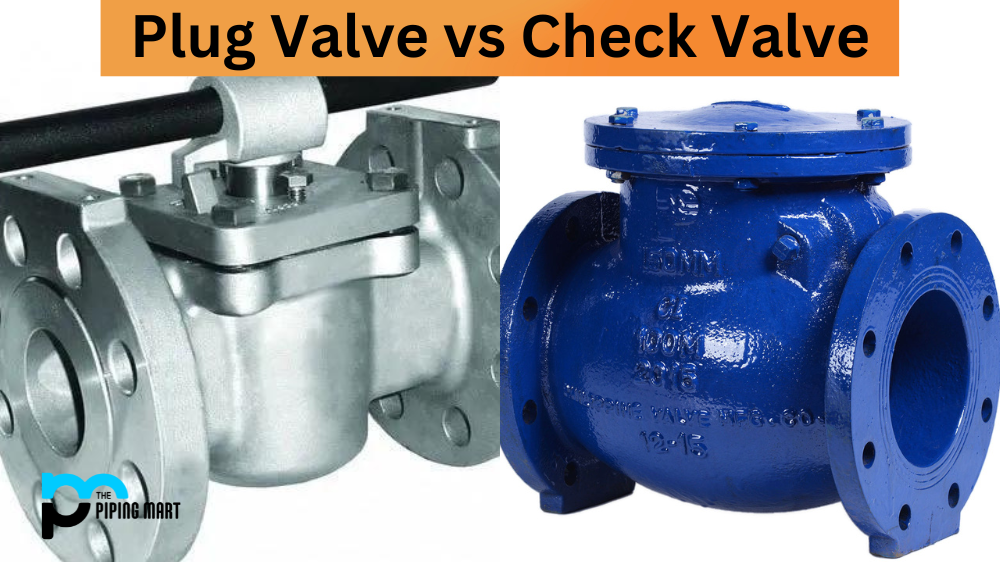When working with metal, it’s essential to understand the differences between brazing and soldering. Both processes involve using heat and a filler to join two pieces of metal together, but they differ in strength and application. Understanding the difference between brazing and soldering can help you choose the best option for your project.
Difference Between Brazing and Soldering Strength
The primary difference between brazing and soldering is in their strength. Brazing involves melting a filler material—such as brass or bronze—at a higher temperature than soldering. This higher temperature allows the filler material to bond more strongly with the joined metals, making it ideal for joining two pieces of metal under stress or pressure. In contrast, soldering requires a much lower temperature, resulting in weaker bonds that may not hold up under stress or pressure.
Brazing Applications
Due to its stronger bond, brazing is generally used when joining two pieces of metal subject to stress or strain—such as parts of an engine block or frame components on an automobile. It is also commonly used in plumbing applications where pipes must be joined securely without leaking water. In addition, brazed joints are often found on high-pressure steam boilers due to their ability to withstand extreme temperatures and pressures.
Soldering Applications
Soldering is generally used when joining small parts or making delicate electrical connections since its low temperature does not damage sensitive electronic components. It is also useful for joining thin metal sheets because it does not require large amounts of heat, which could distort or weaken them. Finally, soldering is frequently used in jewellery-making since it creates strong yet malleable joints that can be easily shaped into intricate designs.
- Brazing is a filling process that uses a filler metal to join two base metals. The filler metal has a lower melting point than the base metals, so it can be melted and drawn into the joint without heating the base metals to their melting points.
- Soldering is a filling process that uses a filler metal to join two base metals. The filler metal has a lower melting point than the base metals, so it can be melted and drawn into the joint without heating the base metals to their melting points.
- Brazing is stronger than soldering because the filler metal forms a metallurgical bond with the base metals. This bond is stronger than the chemical bond that is formed during soldering.
- Soldering is not as strong as brazing because the filler metal does not form a metallurgical bond with the base metals. Instead, the filler metal forms a chemical bond with the base metals.
- Brazing can be used to join dissimilar materials, while soldering is typically only used to join similar materials.
- Brazing can be used on ferrous and non-ferrous metals, while soldering is typically only used on non-ferrous metals.
Conclusion:
In summary, both brazing and soldering have distinct advantages depending on your project requirements. If you need a strong bond between two pieces of metal under stress or strain, then brazing is likely your best option; however, if you need to make delicate electrical connections or join thin sheets of metal together without distortion, then soldering would be preferable. Knowing exactly what type of joint you need can help you select the proper process for your project!
Meet Heer, a dynamic and driven writer learning tricks of her trade in the metal industry. With a background in Digital Marketing, Heer brings a unique perspective to her writing, sharing valuable insights. Apart from blogging she like reading and hiking.




